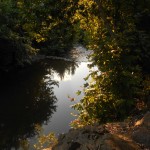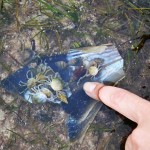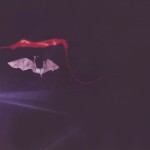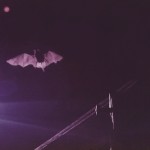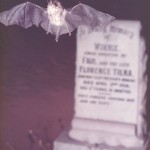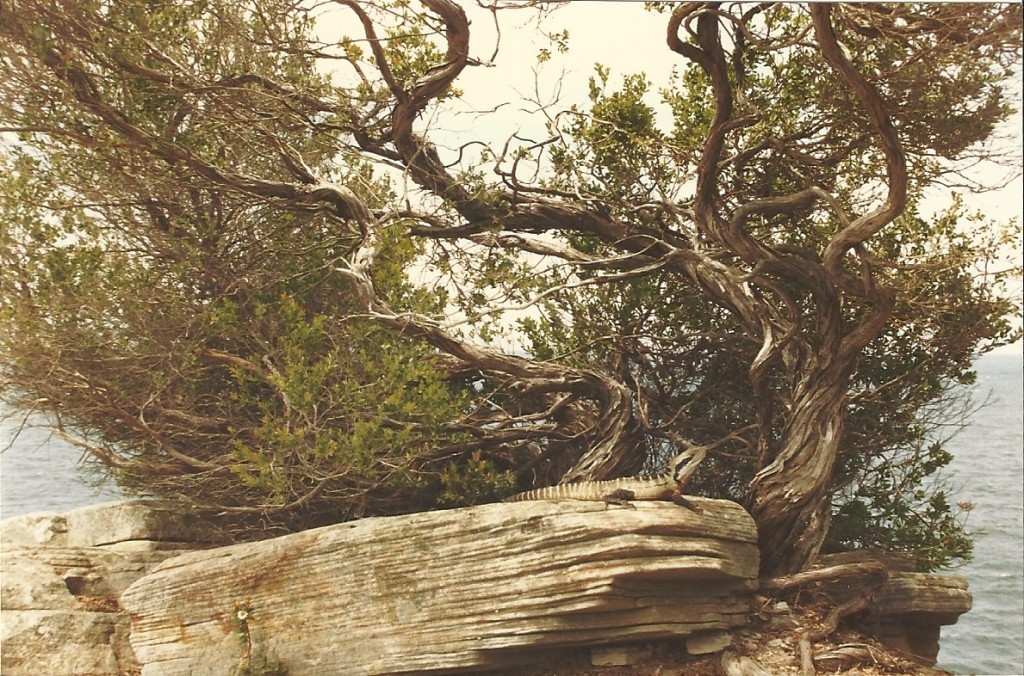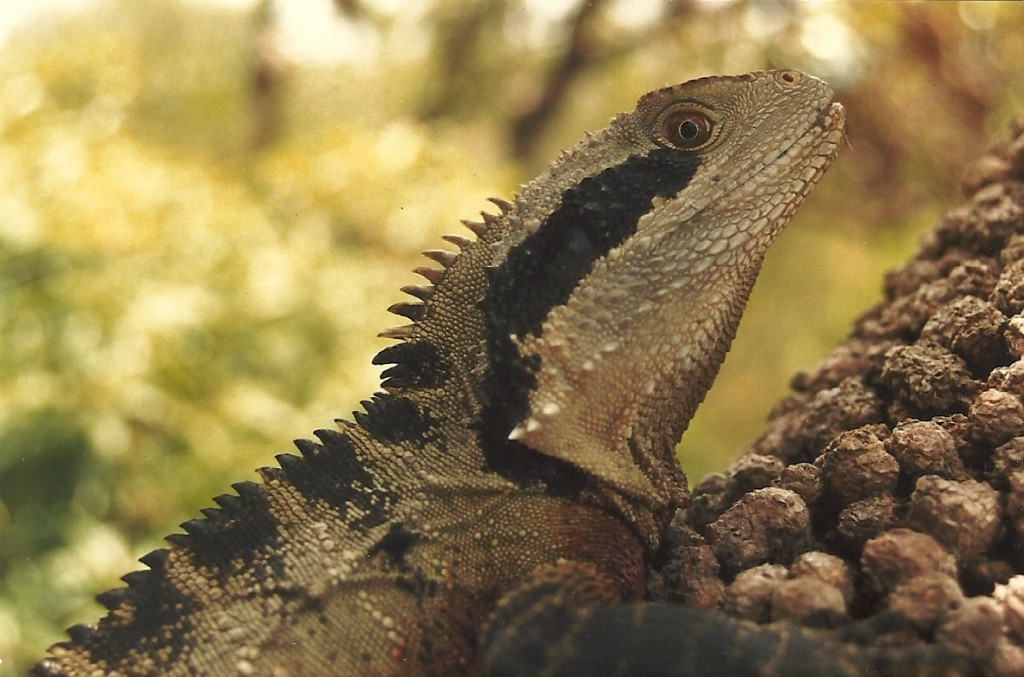In the 2000s, there was a brief craze of unhygienic places having footbaths of water in which you could put your reeking feet in order to have fish nibble at them. This seemed to me like 1. fish abuse, and 2. a good way to catch foot diseases.
When I went to the beautiful Kazdağı National Park in the mountains above the Aegean coast of Turkey, I found that the fish were willing to do this pedicure treatment in the wild. Normally, fish scatter and disappear when you swim in their river. However, just dipping your feet in the river in the picture above would bring a swarm of tiny fish to you. They would chew on your feet if they could get to them. They would also nibble at any part that you put in. A bit off-putting at first, but they never seemed to get hurt by limbs flailing about when I was swimming. Eventually, I just got used to being surrounded by a cloud of orally familiar fish.
There is a place near Sivas in Turkey that claims to use temperature-resistant fish for treating psoriasis. Go for it.
Now, the crabs. The east coast of Yorke Peninsula in South Australia has crystal waters and a high tidal range. If you go for a walk on Sultana Point near Edithburgh at low tide, there is a fascinating array of marine life to see. My 2-year-old daughter and I were eating razorfish (Pinna bicolor). This necessitated cracking open sharp shells and doing a lot of cleaning of stuff inside. After a bit of work, we would get an edible morsel that she would eagerly chew before demanding more. The detritus would attract all sorts of animals, including some small mud crabs.
When the supply of razorfish guts ran out, the crabs would nibble our feet. They were quite insistent with some bits of loose skin but never went as far as causing pain. I don’t know whether the concept of crab pedicures would take off like the fish ones did. There’s a business idea for you.
I suppose these foot-loving creatures would correctly be called pedophiles. Not paedophiles.

Posted February 3, 2014 Posted by Adam in Uncategorized
In the 2000s, there was a brief craze of unhygienic places having footbaths of water in which you could put your reeking feet in order to have fish nibble at them. This seemed to me like 1, fish abuse and 2. a good way to catch foot diseases.
When I went to the beautiful Kazdağı National Park in the mountains above the Aegean coast of Turkey, I found that the fish were willing to do this pedicure treatment in the wild. Normally, fish scatter and disappear when you swim in their river. However, just dipping your feet in the river in the picture above would bring a swarm of tiny fish to you. They would chew on your feet if they could get to them. They would also nibble at any part that you put in. A bit off-putting at first, but they never seemed to get hurt by limbs flailing about when I was swimming. Eventually, I just got used to being surrounded by a cloud of orally familiar fish.
There is a place near Sivas in Turkey that claims to use temperature-resistant fish for treating psoriasis. Go for it.
Now, the crabs. The east coast of Yorke Peninsula in South Australia has crystal waters and a high tidal range. If you go for a walk on Sultana Point near Edithburgh at low tide, there is a fascinating array of marine life to see. My 2-year-old daughter and I were eating razorfish (Pinna bicolor). This necessitated cracking open sharp shells and doing a lot of cleaning of stuff inside. After a bit of work, we would get an edible morsel that she would eagerly chew before demanding more. The detritus would attract all sorts of animals, including some small mud crabs.
When the supply of razorfish guts ran out, the crabs would nibble our feet. They were quite insistent with some bits of loose skin but never went as far as causing pain. I don’t know whether the concept of crab pedicures would take off like the fish ones did. There’s a business idea for you.
I suppose these foot-loving creatures would correctly be called pedophiles. Not paedophiles.
Posted January 31, 2014 Posted by Adam in Uncategorized
Not a car for Batman but a mobile made from bats.
The school at which I worked in outback South Australia had the only swimming pool for hundreds of kilometres. The local bats would skim over it at night and drink. Occasionally, some of them would misjudge their trajectory and I would find them floating when I got to school in the morning. Some of them were alive and my treatment of quiet darkness followed by mincemeat in raw egg would allow them to recover.
When I first found a dead bat, I thought it would be a waste not to use it. My embryonic taxidermic skills were not equal to the task of stuffing something that small. I arranged the bat in a vaguely lifelike posture and injected its body cavities with a formaldehyde (methanal) solution. After several courses of injection, I had a fairly permanent specimen. The best way to display it was by attaching a single thread so it could hang from the ceiling and give the impression of being in flight.
After I had a few of these, I had the idea of displaying them as a mobile, similar to those made by Alexander Calder. I made a nicely balanced one with four or five bats. I don’t have a picture of it but I did once take one of the single hanging bats (A Lesser Long-eared Bat, Nyctophilus geoffroyi) into a country graveyard to take some pictures.
I made quite a lot of taxidermic specimens while I was at that school. On one occasion, I was preparing a Hoary-headed Grebe (Poliocephalus poliocephalus, one of the least pleasant scientific names I have read) with the formaldehyde injection method when the needle came off the syringe. I got an eyeful of formaldehyde, one of the most painful things that has ever happened to me. I thought it would permanently affect my vision but after an hour of lying down under a running water tap, I seemed to be OK.
I left that school with a ceiling full of stuffed flying things, including a really ugly Pied Cormorant (Phalocrocorax varius) that hung directly over where the teacher normally stood in the science laboratory. I imagine that the first thing that was done when I left that school was a cleanout of all my horrible specimens.
Click on the thumbnails for bigger pictures.

Posted January 31, 2014 Posted by Adam in Uncategorized
This sounds like more fun than it was. I used to work in a girls’ school in England. There were a lot of charitable activities. In one of these, someone had the wonderful idea of bringing in someone to wax some of the teachers for charity. I think I volunteered to get my legs waxed but the comically hairy nature of my back was revealed by some of my ‘friends’ with whom I went swimming. Hence, one lunch time, there I was on the stage in the main hall, lying on what looked like a surgical bench, with an efficient woman tearing clumps of hair from my back. Not such a bad idea, I thought.
At this stage, a colleague thought we might be able to make a bit more money if students paid a pound for the privilege of tearing one of the strips off. Then followed an unending stream of girls queuing for the unique sensation of ripping hair off a male teacher and seeing him in pain. Things became worse when we ran out of back hair and shifted to the chest. I could probably have called a halt at this stage but the general air of excitement and continued calls of ‘We’re making so much money’ meant that the uproar would have been considerable.
The chest waxing really hurt. Each waxing strip looked like a dead squirrel when it came off and left a field of pinpricks on my chest. There was quite a bit of blood. The girls were fascinated. The look of schadenfreude when some of them ripped another patch of skin off me was frightening. The whole horrible thing was only halted by the bell at the end of lunch time. The waxing woman decided to end with a flourish and wax all of my chest except for a little hairy heart right in the centre. My wife did not find this in any way funny or stylish or romantic.
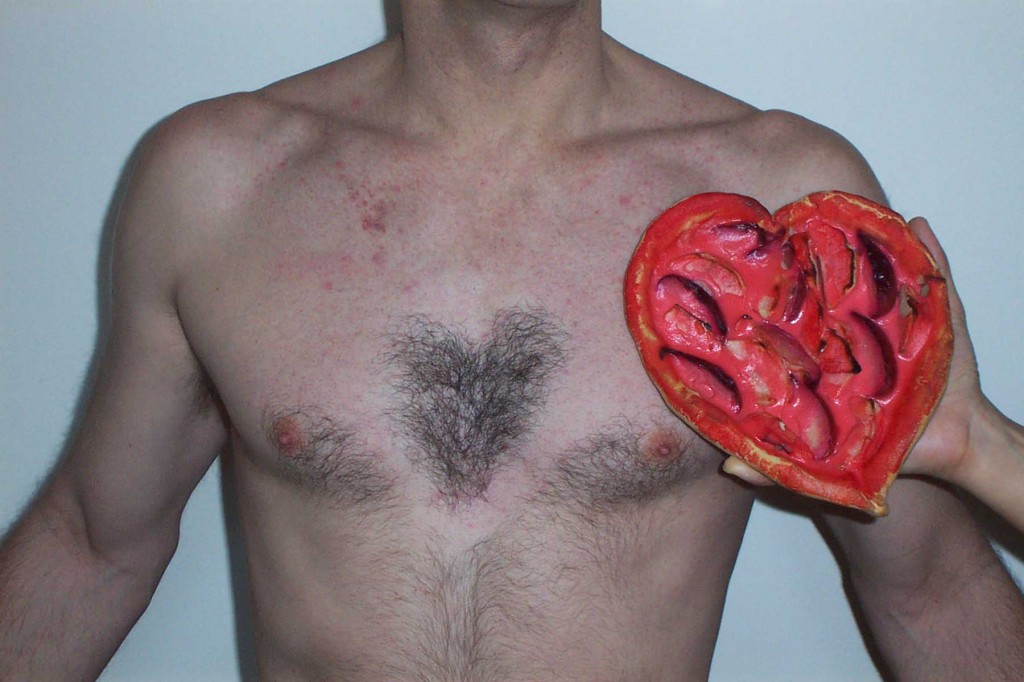
The Heart of Hair, complemented by a similarly Valentinic pastry

Posted November 11, 2013 Posted by Adam in Uncategorized
I’m thinking of producing a classification of Australian Lizards based on their bites…
Shingleback, Sleepy Lizard (Tiliqua rugosa) – huge mouth but surprisingly painless, lets go immediately
Common Bluetongue (Tiliqua scincoides) – Big mouth, more painful than Sleepy, hangs on longer.
Eastern Water Dragon (Physignathus lesueuri) – real pain here, it clamps on like a jagged nutcracker and adjusts its grip occasionally, mashing a finger fairly convincingly. These could swim to the bottom of a swimming pool and stay there for three hours.
Central Bearded Dragon (Pogona vitticeps) – a bit of a sweetie, this one. I think these only bit me when they were eager for whatever food I was giving them.
Common Bearded Dragon (Pogona barbata) – more likely to bite and bite harder than the central beardies. Still not too bad.
Golden Water Skink (Eulamprus quoyii) – A beast. A small skink, looks fairly harmless until it latches onto your hand and doesn’t let go. A black fingernail at the very least. Several species of striped skink also bit me but I could never work out an identification to species level. They were innocuous compared to the Golden Water Skink.
Cunningham’s Skink (Egernia cunninghami) – Painful. Another one that grabs and doesn’t let go except to adjust its grip when it senses that you’ve lost a bit of attention.
Frilled Lizard (Chalamydosaurus kingii) – Afer all that energy expended on the threat display, the frilled lizard desn’t seem to have much left for the bite. A quick nip at most. Can draw blood but its heart’s not in it.
Long-nosed water dragon (Physignathus longirostris) – An amazing beast. We called them bicycle lizards as they ran on two legs. I don’t know whether they can do the basilisk trick on water. Sharp, painful bite that they inflicted quickly, then tried to run away.
Stoke’s (Gidgee) Skink (Egernia stokesii) – similar in appearance to the Cunningham’s Skink but nowhere near as virulent in the bite department. Gidgees didn’t seem to have that killer instinct of hanging on and on.
Gould’s (Sand) Goanna (Varanus gouldii) – Surprisingly non-injurious considering the size of the beast. Draws blood but then calls it quits. My brother was bitten by a Perentie (Varanus giganteus), which pierced an artery and sent spurts of blood the length of an EK Holden. He needed several stitches.
Pygmy Ridgetailed Monitor (Varanus acanthurus brachyurus) – needs a very good excuse to bite someone. It’s small and inoffensive. I think bites were mistakes, when I had been preparing mince mixed with egg and the poor thing couldn’t tell the difference between my hand and its food.


